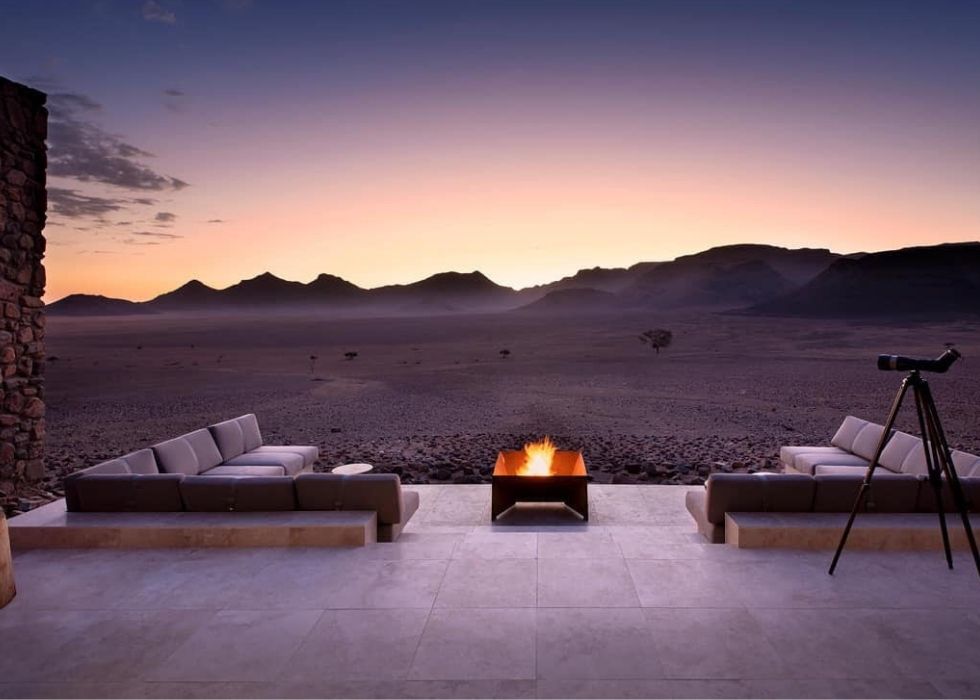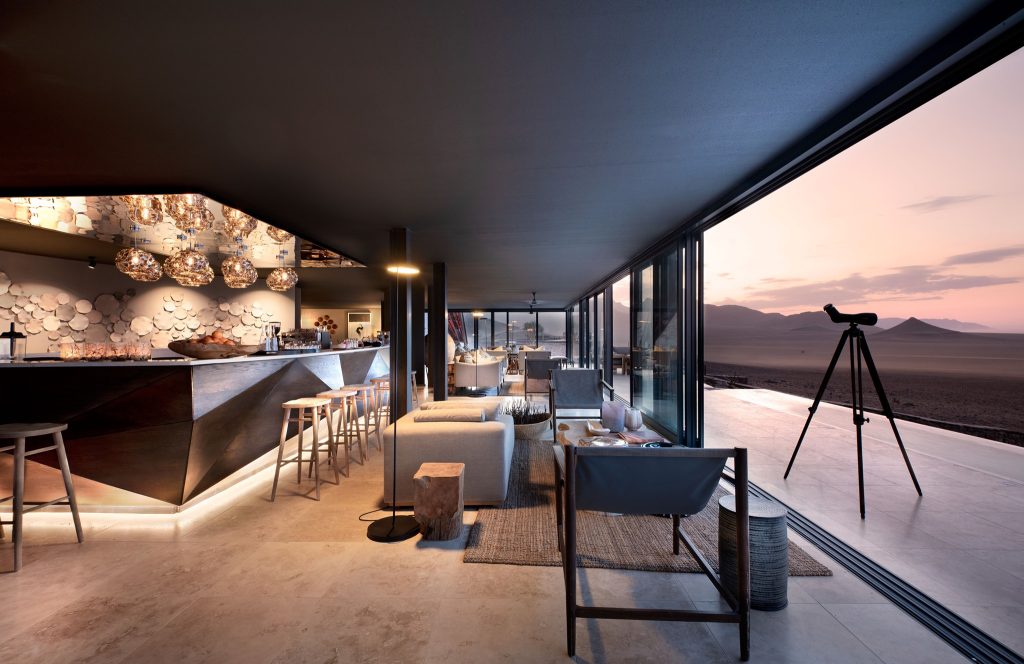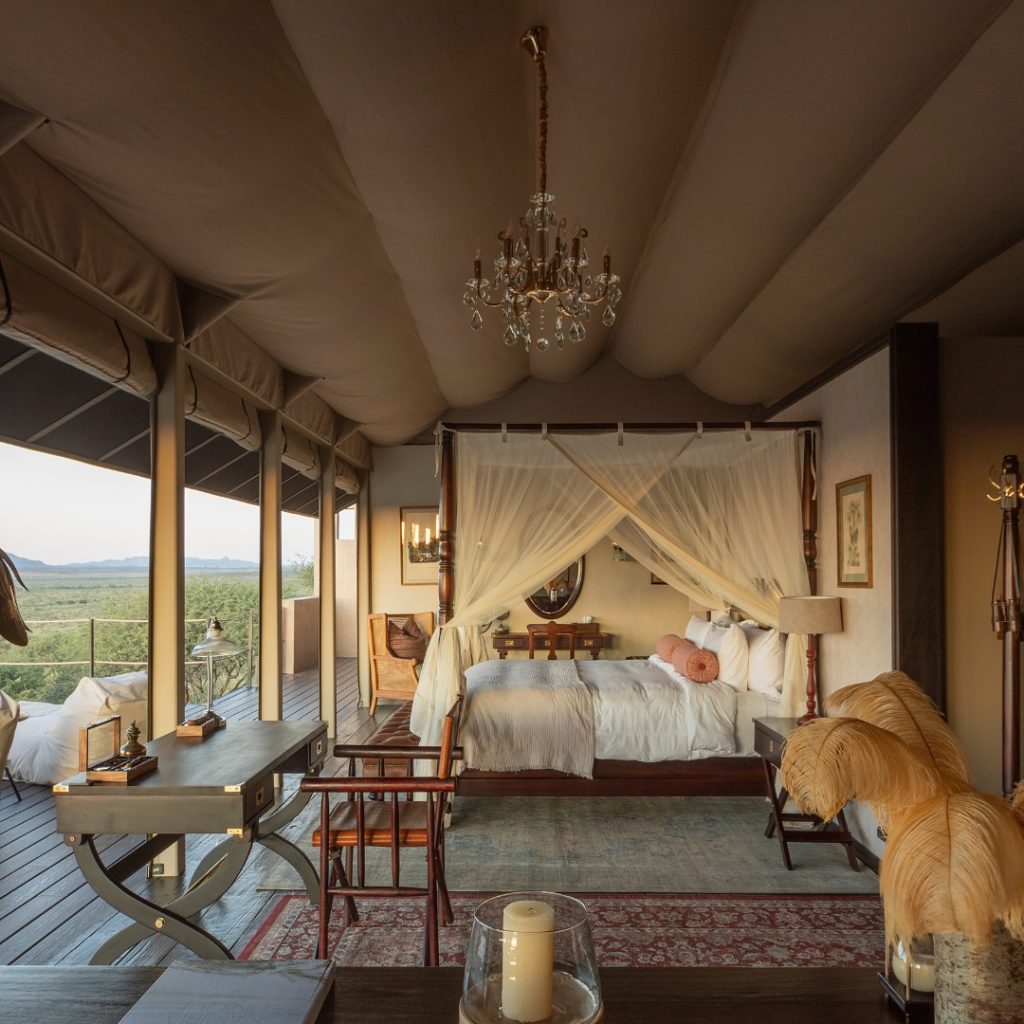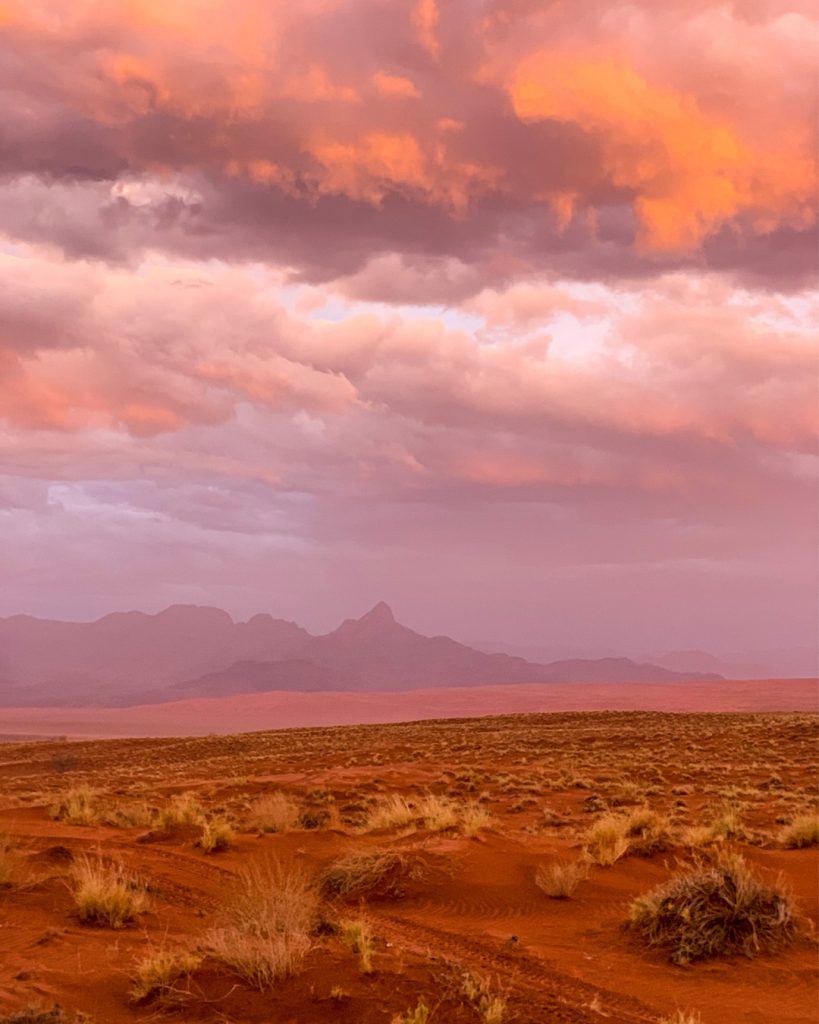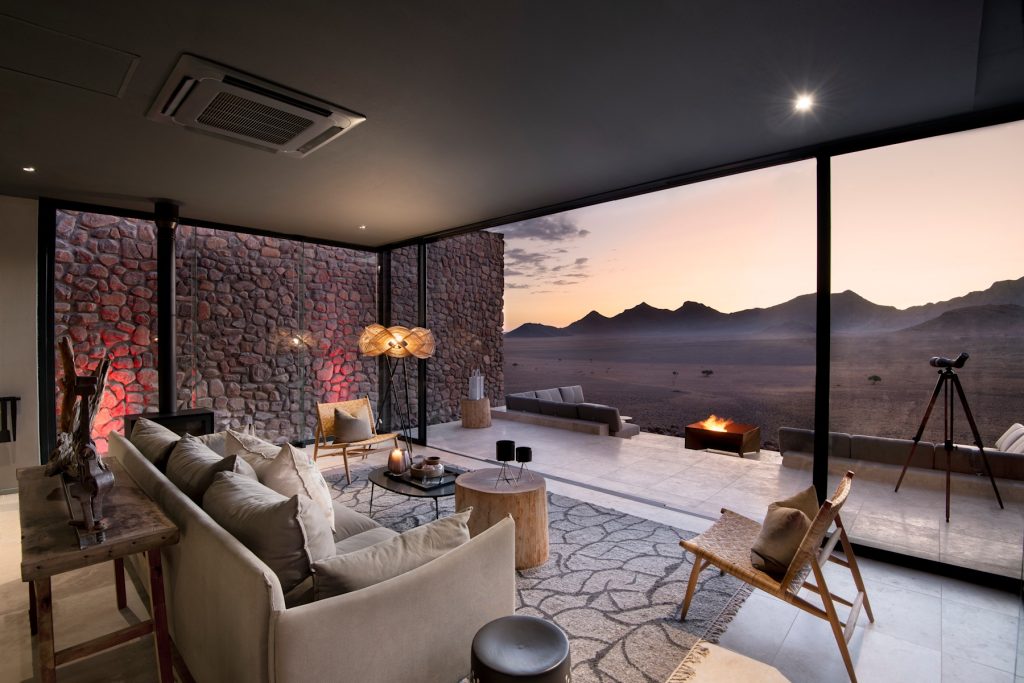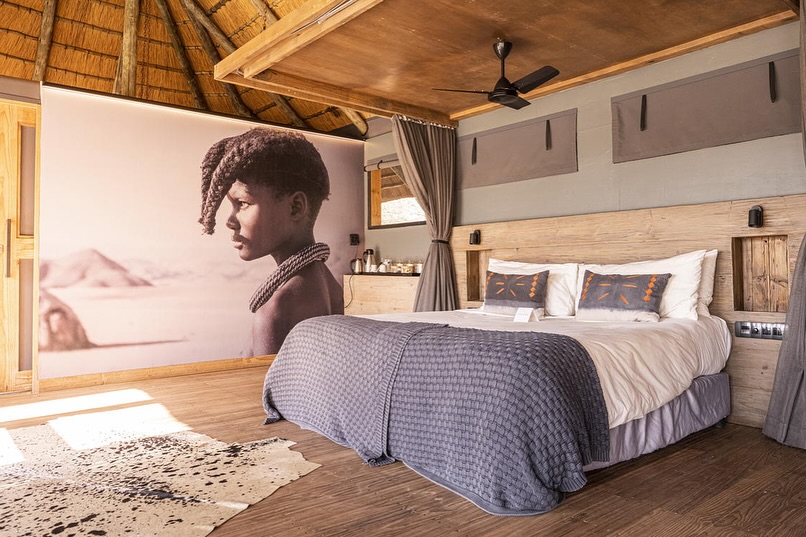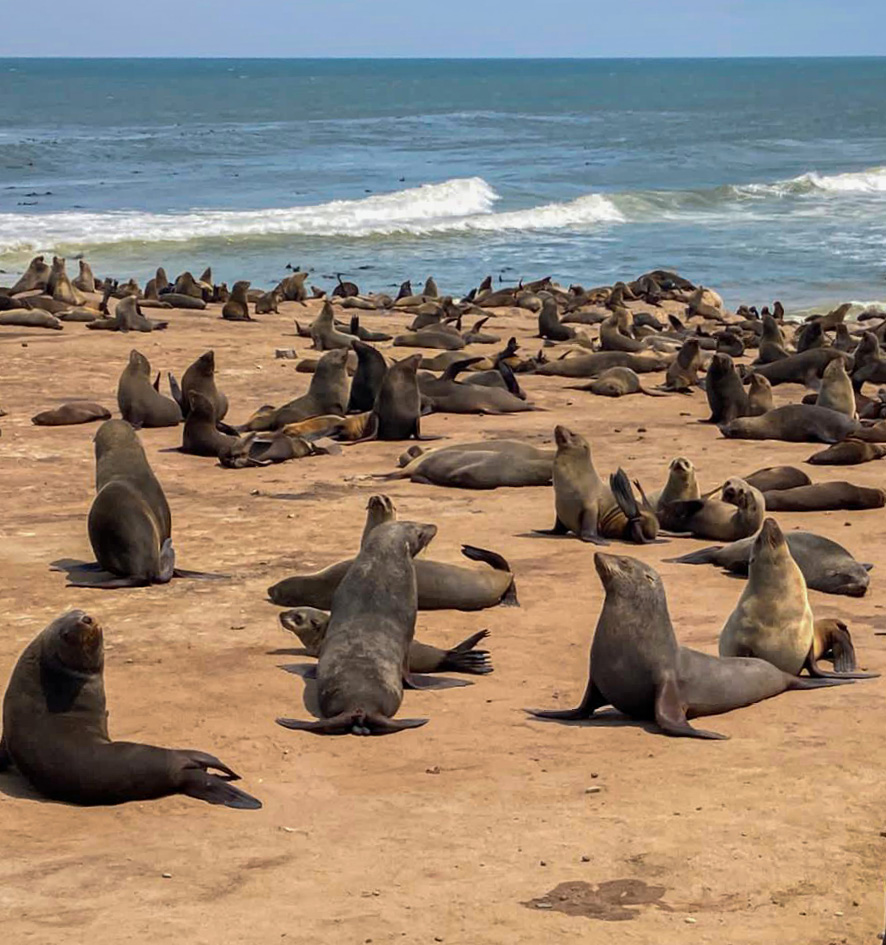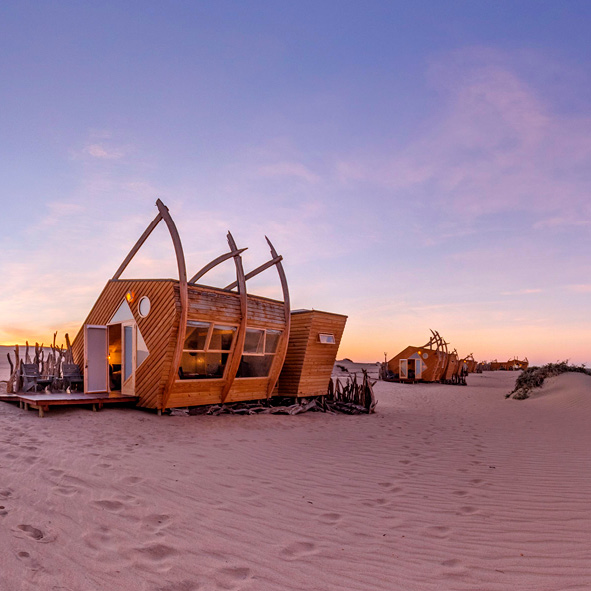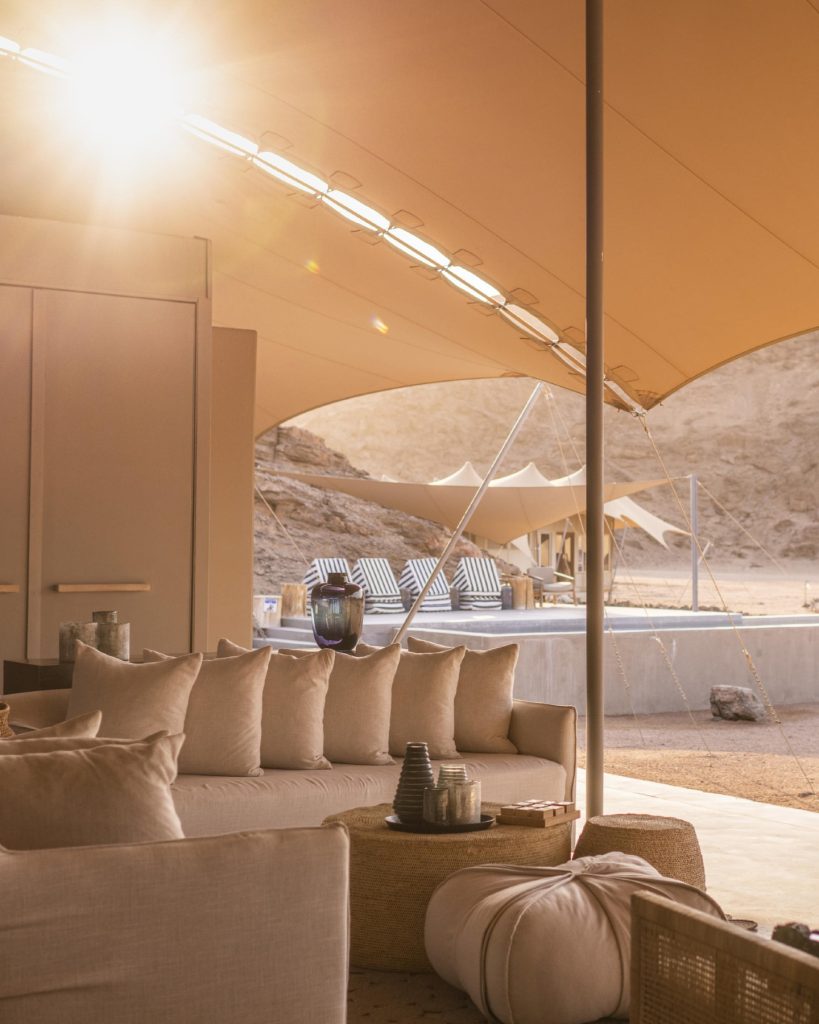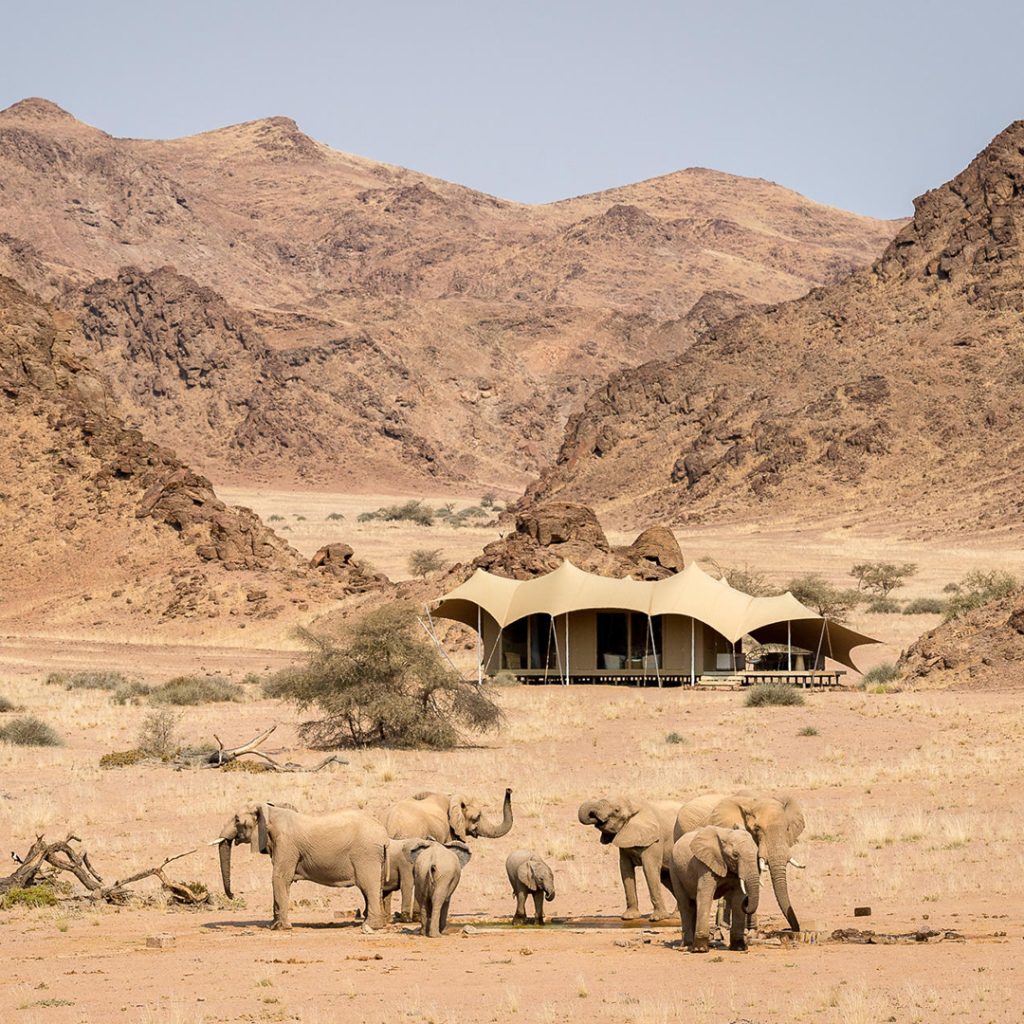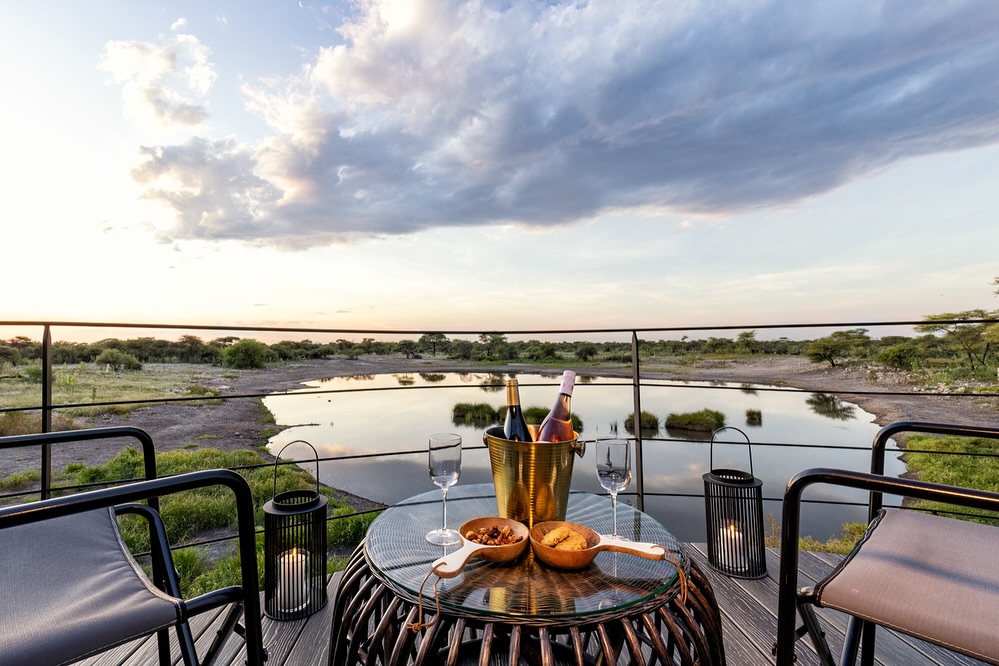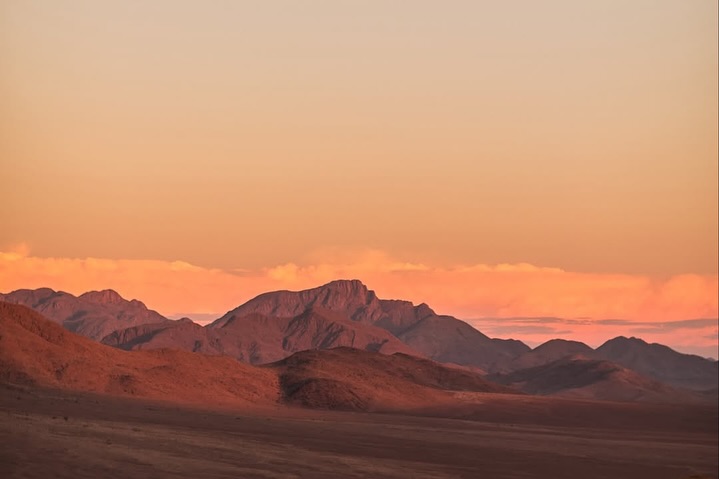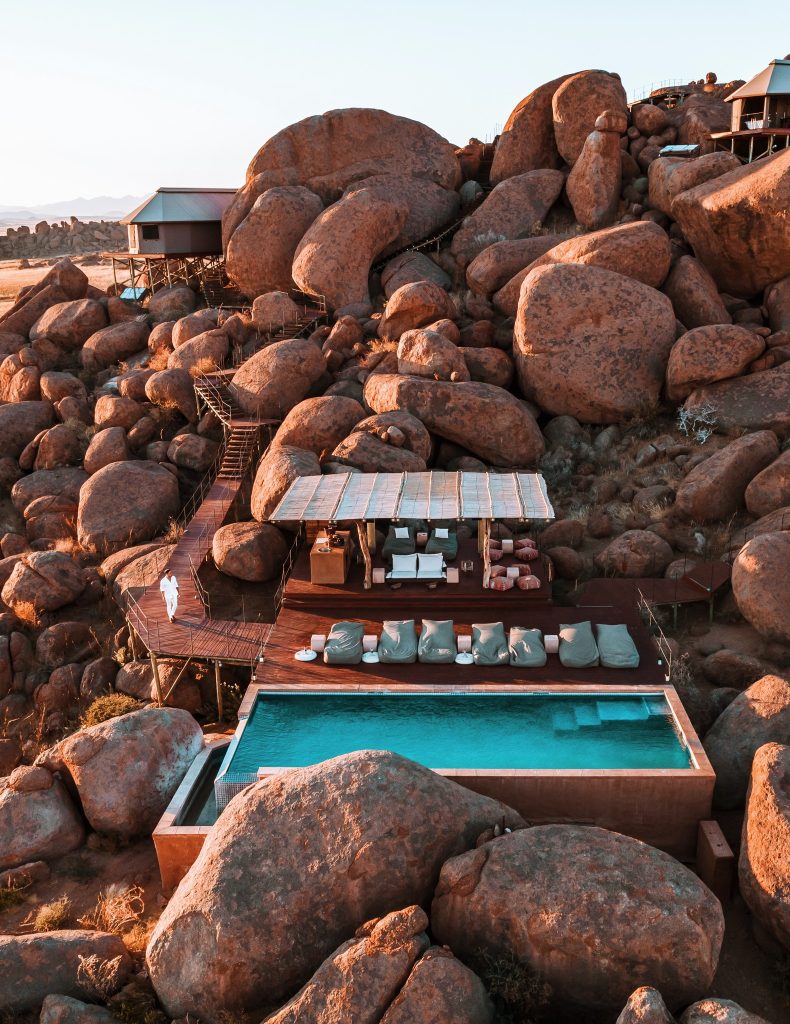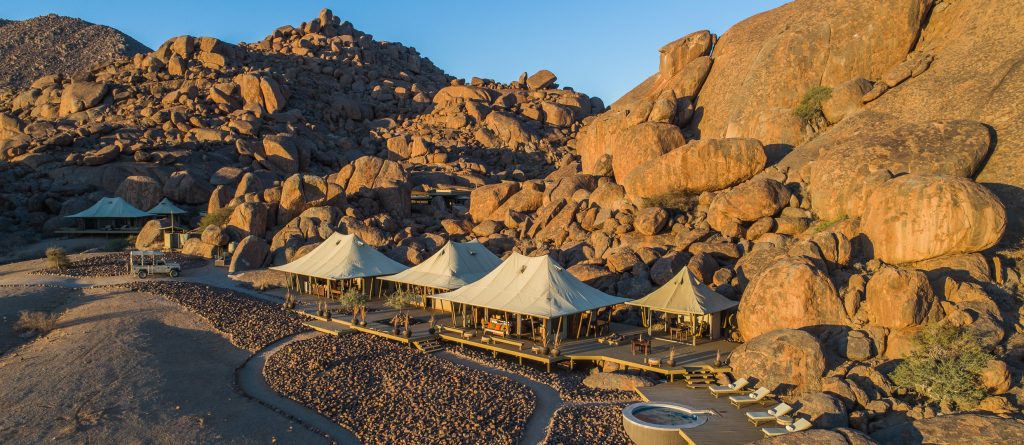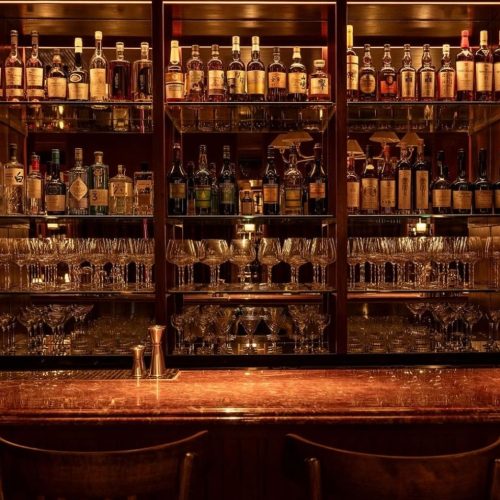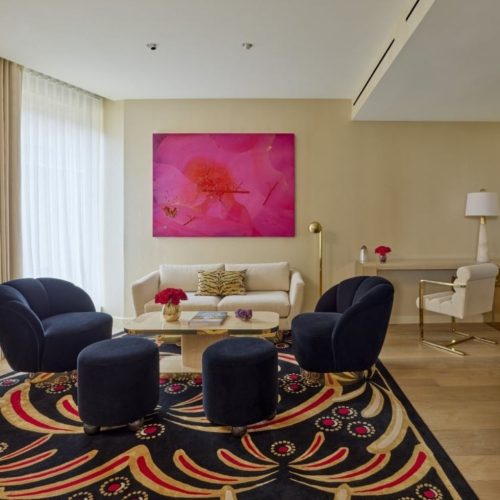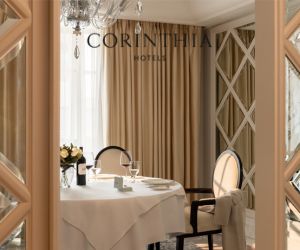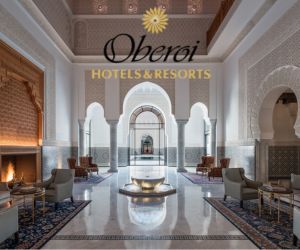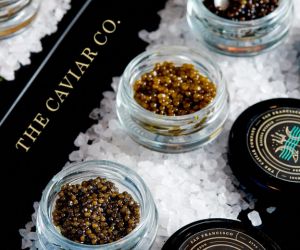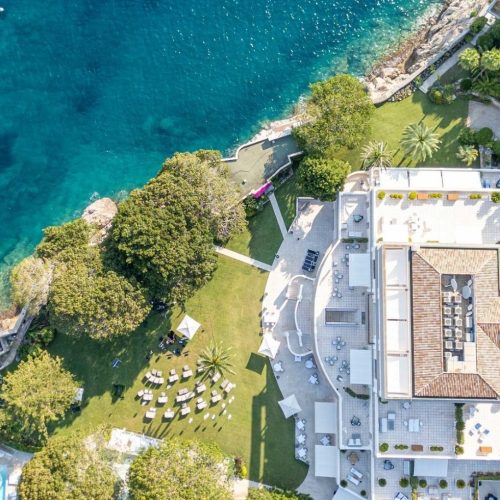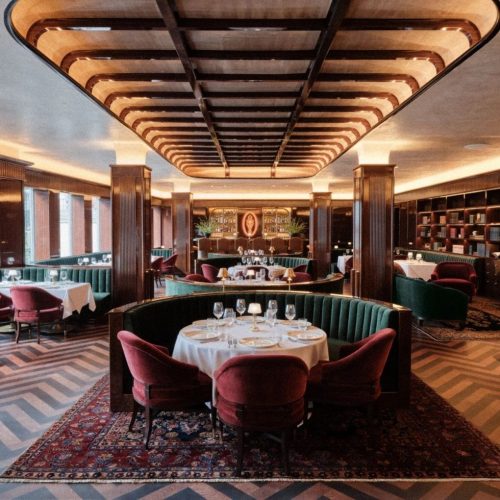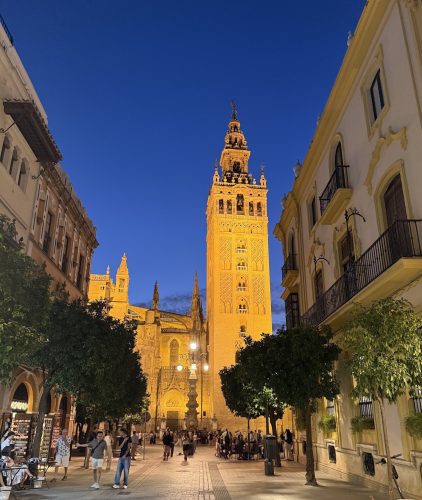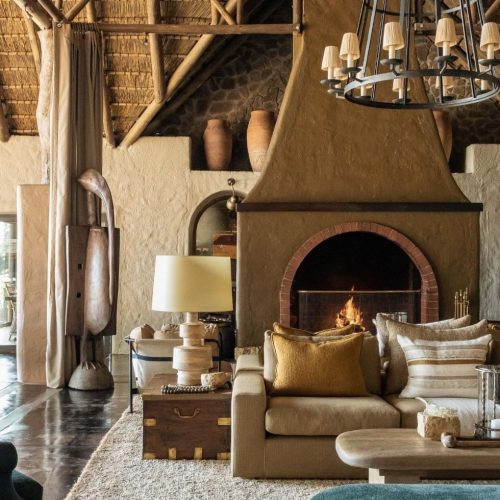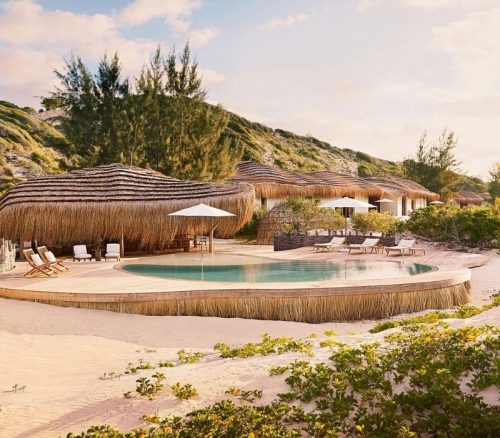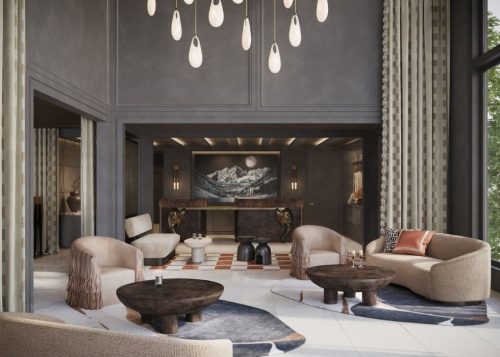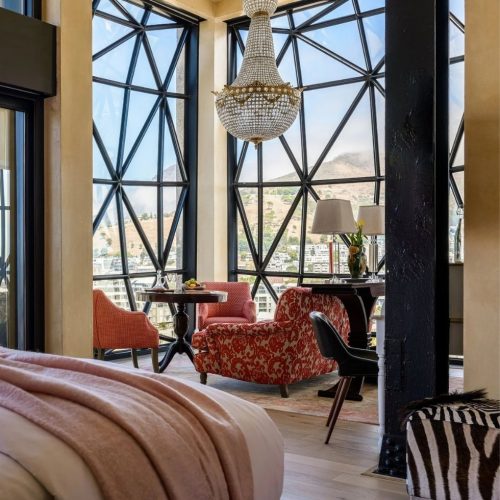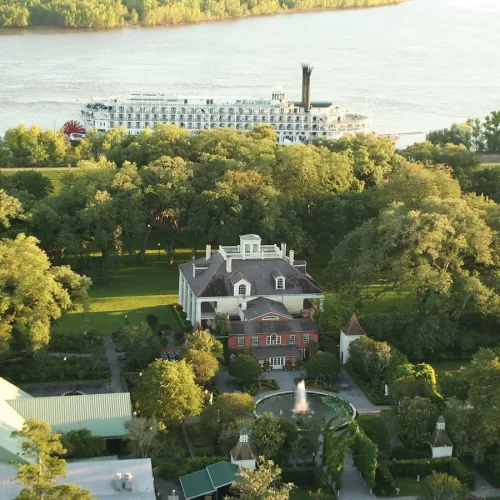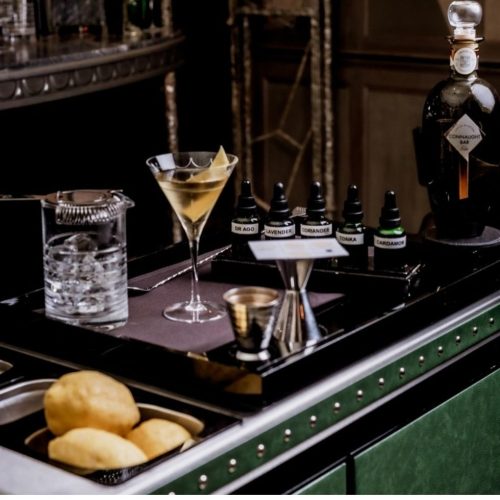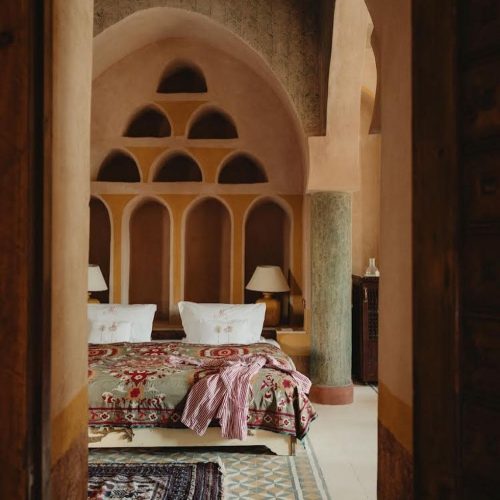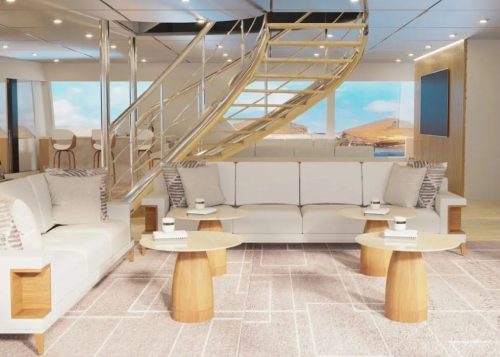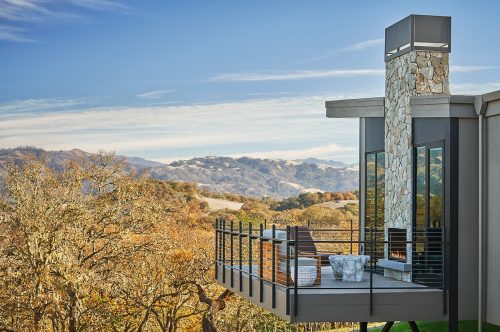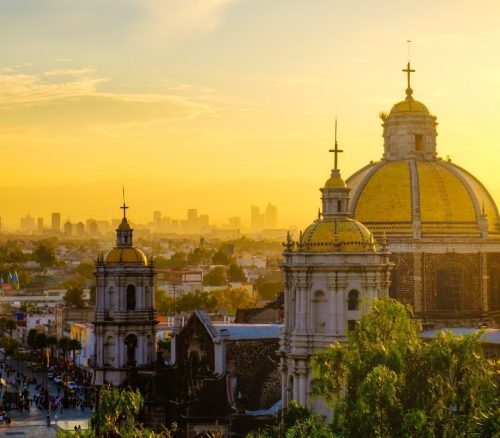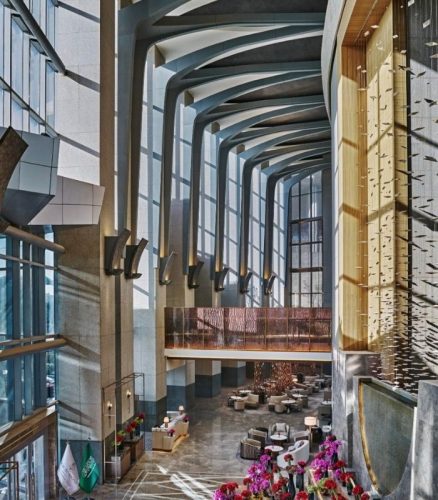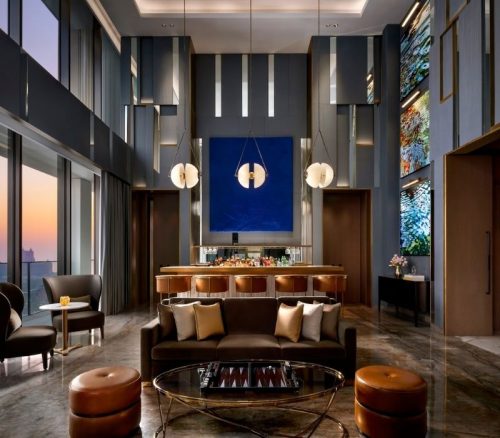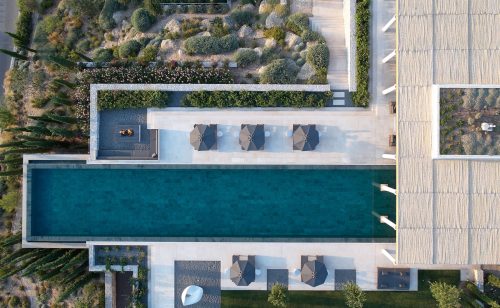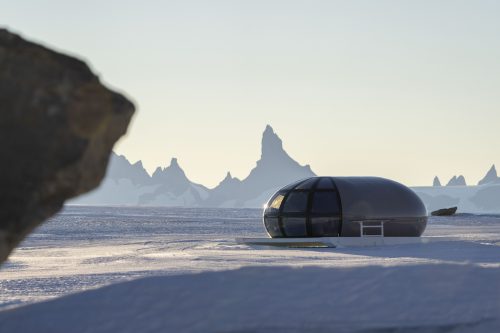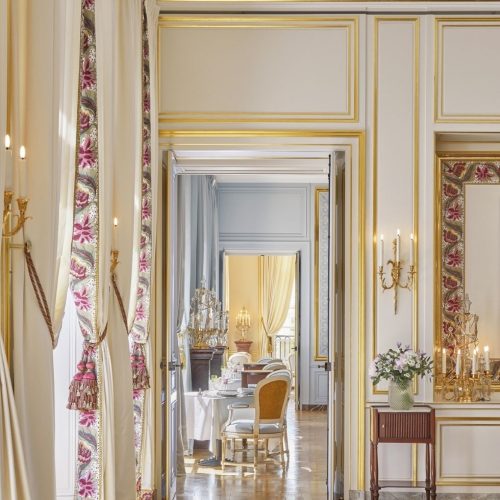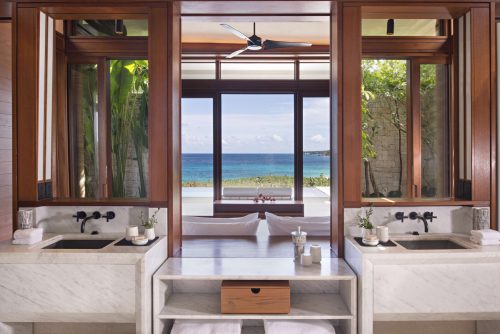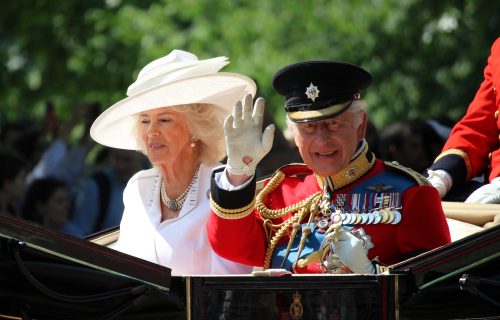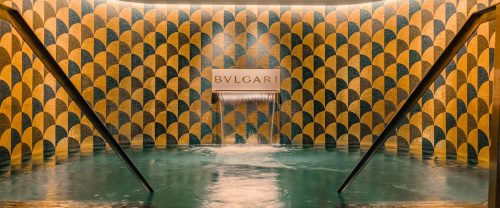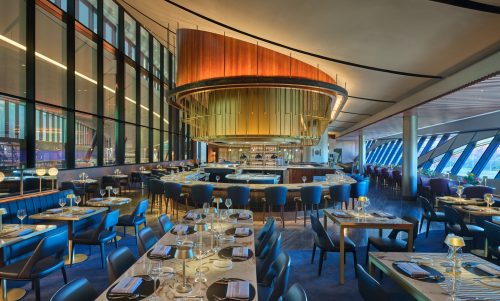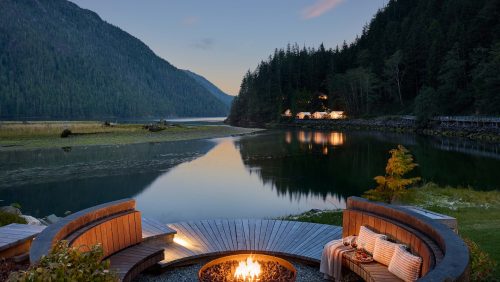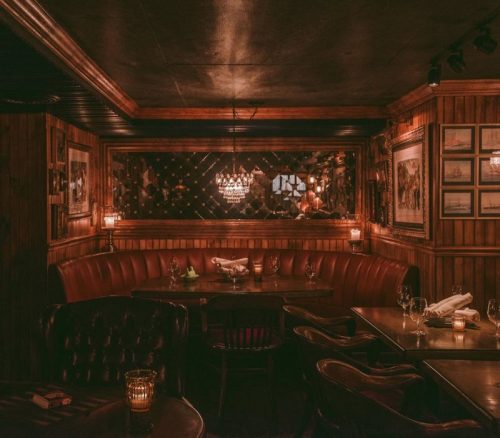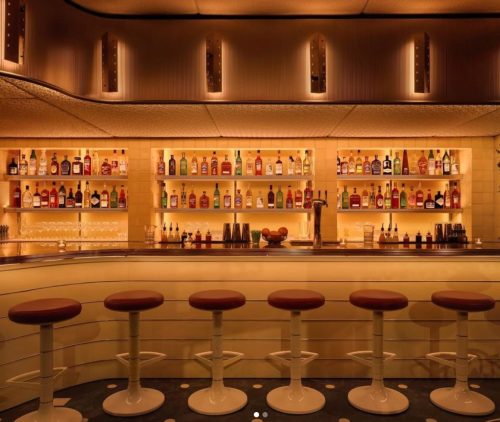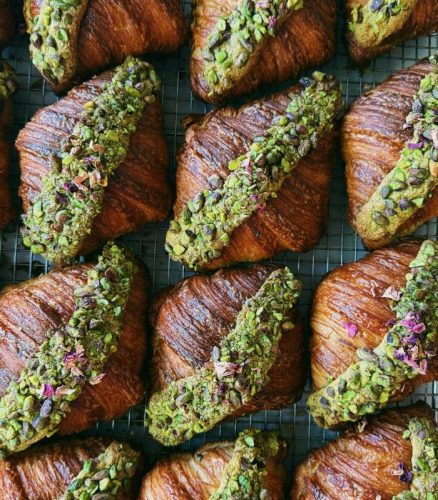With some destinations, you wonder if they’ll ever live up to the hype. And we know that just a small subsection of the population even knows there’s hype around Namibia. But, for those who ever wondered if it was worth the logistical feat to get to this part of Africa, the answer is: yes. And “why?” is answered by the question of – where do we start? So, we’ll kick off with a few photos as they do speak a thousand words.
Unspoiled, Yet Spoiled Enough
On the second-largest of our seven continents, Namibia is an African nation in its own category. Whilst South Africa is well-traveled with tourists seeking their subcontinent safari, Namibia is for the traveler looking for the next frontier. Think of Namibia as South Africa over 50 years ago, but dare we say, even more stunning. Of course, that can be disputed, but one thing is for sure: Namibia defines rugged and unspoiled cinematic beauty. Namibia has a vast topography — from the iconic sand-dunes in the desert, the desolate Skeleton coast and places where the land is rife wildlife.
The wildlife may be one of the most surprising aspects of Namibia. Most people associate Namibia with the stunning star sand dunes and non-predatory animals. However, in the right places, you’ll get sightings comparable to that in Kenya and Tanzania. Unlike those countries and South Africa, though, there is a lot less development in Namibia. That’s one of the aspects that makes it so special. Namibia is also a place where you can form a deep connection with the people, land and unspoiled beauty.
The Best Hotels in Namibia
Namibia is indisputably unspoiled. However, luckily for the luxury traveler, it is spoiled enough to have comfortable places to rest your head. In general, though, don’t expect Singita or Royal Malewane-level accommodations. But do expect to fall hard for the whole experience in Namibia. These are the gems and the best hotels in Namibia that are special in their own ways.
Location: Windhoek
Whether you fly private directly from Kruger National Park in South Africa, or come in commercial, all journeys begin in Windhoek. The capital city of Namibia, Windhoek is a combination of a Dutch colonial and modern skyscrapers. What’s surprising is that Windhoek is vast: it can take 45 minutes just to travel within the city. The best lodges are set outside of the center in the totally undeveloped areas of the city. It’s here that you’ll find remote lodges set on dirt roads that can take you even 30 minutes to reach once you pass the front gates. If you end up staying in any other lodge than Gmundner, Windhoek is a one-night stop.
The Hotel: Gmundner Lodge
When you’re greeted with song in the dark of night, your grueling 8-hour day of travel instantly dissipates. We were expecting an airport hotel, but instead, we found ourselves an adventure. The hotel itself is about a 20-minute drive from the international airport. But then, you have a 35 minute drive from the gates of Gmundner to the main lodge itself on completely unpaved roads.
We arrived in the dark of night and immediately went to dinner, which reminded me of cozy Austrian food I had as a student in Vienna. The menu is limited, but prepared with care. I didn’t realize how special it was to have a full bar until we reached other accommodations (that will remain nameless in Namibia). However, I did recognize right away that the service was on par with any 5-star property in a major city. It could be because our bartender, who also ferried us around, was the personal butler of the Bidens in Washington. At the end of their term, he returned to his home country of Namibia. The whole team was exceptional in their service and care for us.
We’ll have a full review of Gmundner, which was a dark horse of my entire Africa trip. Of all the accommodations, it was the most effortlessly Out of Africa. It could have been part of the movie set. When you think of rugged tents set up and Meryl Streep traversing the savannah with steamer trunks, you have yourself Gmundner. Do yourself a favor, though, and don’t treat it as an airport hotel. Gmundner is worth of at least 2-3 days on its own.
Location: Sossusvlei Desert
If you only make it to one part of Namibia, chances are, you are in this country for the Sossusvlei. Located in the Namib-Naukluft National Park, it’s home to some of the world’s tallest sand dunes, rising more than 1,000 feet. The winds form a natural pattern of waves in the sand, which read deep apricot and crimson, especially at sunrise. It’s as if every shade of orange, red, blue and purple reveals itself as the sun rises. Sunset is not to be missed either, though — especially as you set up a tailgate on your safari truck with cocktails to take it all in. It’s a lifetime experience to be in the Sossusvlei, if experiencing beauty is your thing.
The Hotel: andBeyond Sossusvlei
We’re throwing the gauntlet down on this statement that andBeyond Sossusvlei is the top hotel in Namibia. We landed on the private air strip after a somewhat harrowing single-engine plane ride from Windhoek with a student pilot. That’s a story for another time, though. You know you’ve arrived somewhere so special through the narrow mountain passes. The first glimpse of the lodge confirms that you are in the middle of nowhere. As with Gmundner, we were greeted with the entire staff singing a beautiful local tribal song. First impressions are everything, and it set the stage for a hotel that has it all. Service, excellent food and beautiful stand-alone villas that you could stay in for days. We’ll have a full review on andBeyond to do justice to how special this property is in Namibia.
The Hotel: Little Kulala
Besides being part of the Wilderness group of properties, Little Kuala is in the most prime location in the Sossusvlei Desert. People journey far and wide to get their moment on the famed Star Dunes, and Little Kulala is within almost a rock’s throw distance away. Set on a private reserve bordering the Namib-Naukluft National Park, it’s your front-row seat to the iconic dunes of Sossusvlei.
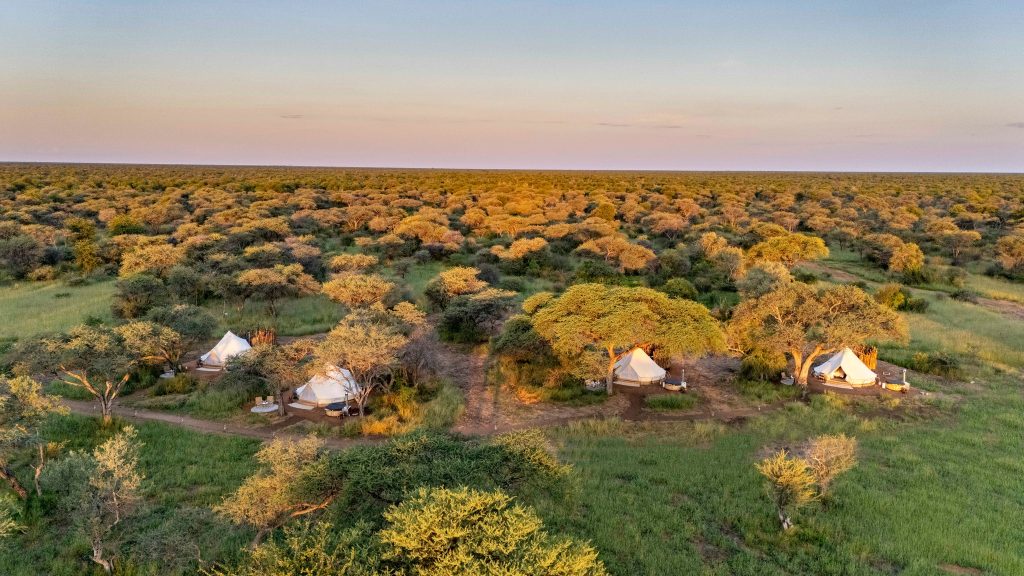
Location: Kunene River
The Kunene River forms the natural border between Namibia and Angola. The river winds through deep canyons and mountains before flowing into the Atlantic. At Namibia’s northern edge, the Kunene River region is one of the least visited parts of Namibia, but with the most dramatic landscapes. Here, the desert gives way to emerald palms and rushing rapids through volcanic rock.
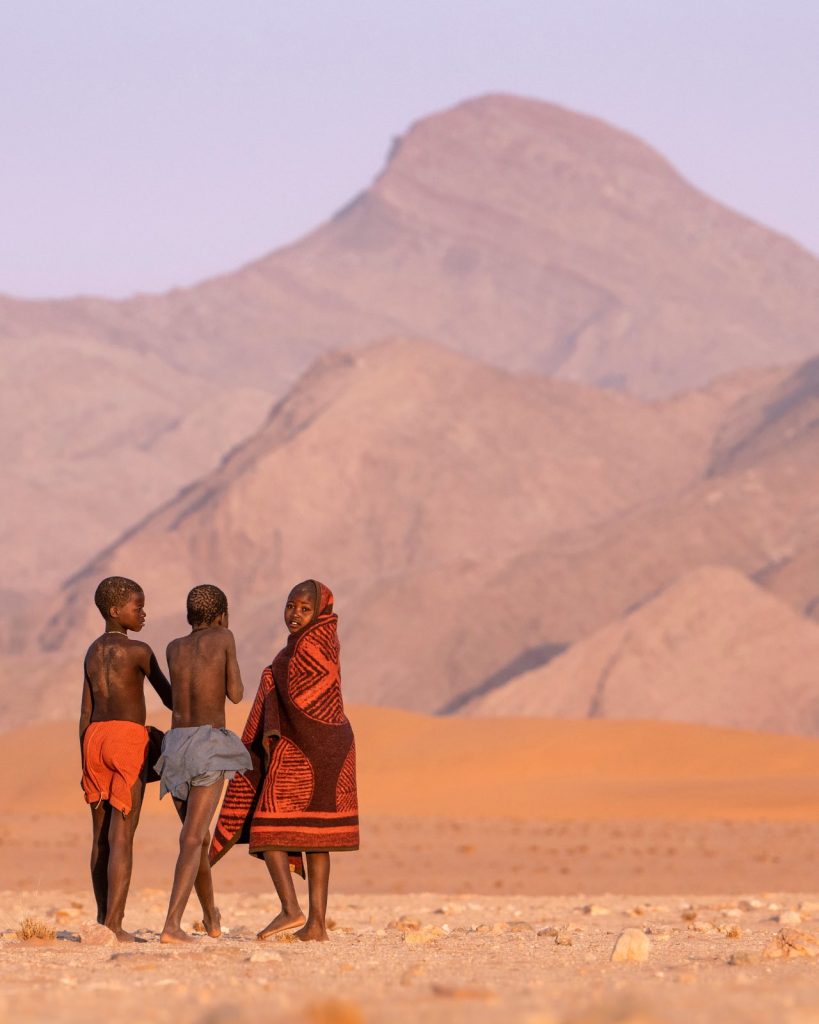
Along its banks, you’ll find desert-adapted elephants, crocodiles basking on the rocks, and the semi-nomadic Himba people, whose red ochre skin and intricate adornments reflect one of Africa’s most enduring cultures.
The Hotel: Serra Cafema
Serra Cafema is one of Africa’s most remote luxury lodges, reached only by air. Built along the Kunene’s banks, its elevated wooden decks overlook the river and Angola’s mountains.
Location: Skeleton Coast
Where the desert meets the sea, the Skeleton Coast stretches along Namibia’s northwestern shore. It’s in this totally undeveloped area that defines end of the world. For many throughout history, this was the end of the world, where ships became stranded in the dense fog and often violent ocean. The skeletons of shipwrecks and whale bones and rough seas give this area its name. Nature also surprises you, as there are desert-adapted elephants, lions, and hyenas. Colonies of Cape fur seals crowd the beaches in their thousands.
The Hotel: Shipwreck Lodge
Well, you’re not at the Four Seasons anymore. Instead, on the Skeleton Coast, you’ll lean into rustic luxury inspired by the scenery. Shipwreck Lodge’s cabins play up the theme and are shaped like shipwrecks. The beauty is embracing the remote and raw scenery in a place that so few people have ever traveled.
The Hotel:
Giving off Amangiri Camp Sarika vibes, Hoanib is glamping defined with canvas tents, set up among the wilderness. In lieu, though, of supermodels or a Kardashian in the midst, Hoanib is prime for game viewing. Lions roam freely and it’s one of the areas in Namibia where you’ll get prime game sightings. Part of the Wilderness lodges in Namibia, Hoanib delivers an elevated accommodation experience in a rough and rustic part of the world.
Location: Etosha
Set in the expanse in northern Namibia is one of Africa’s greatest — and most underrated — safari destinations. Etosha is centered around a massive salt pan that is so large it can be seen from space. Etosha National Park flips the safari script. Instead of lush savannas, animals gather at mirrored salt pans, framed by ghostly white dust and a horizon that never seems to end. Think of Etosha as the antithesis of the Okavanga Delta, which means that the wildlife is especially adaptable in the scarcity of water.
The wildlife viewing is unique from any of the traditional safari destinations. Elephants appear ghostlike through clouds of dust, herds of springbok and zebra ripple across the plains. There are even black rhinos that seem to appear from nowhere at sunset. Lions, leopards, and cheetahs move through Etosha in their natural habitat where few human beings ever step foot.
The Hotel: Onguma
Like the wildlife viewing that seems to come out of nowhere, so does Onguma Fort. Onguma has a a unique sense of place that’s unexpected in Namibia. Its decor is like a mirage of North African design with Moroccan arches, carved wooden doors, and warm, earthy textures. The star, though, is the destination, with the wild openness of Namibia’s frontier.
Location: NamibRand
Set in southern Namibia, the NamibRand Nature Reserve has the world’s oldest desert with half a million acres of untouched dunes, gravel plains, and jagged mountains. With virtually no development or ambient light at night, there may be no other place on earth where you will see stars so bright.
The following two hotels were recommended by our team at dmAfrica, without whom we wouldn’t step foot on the continent. If they vouch for Zannier and Wolwedans as the top places to stay in NamibRand, we know both are worthy.
The Hotel: Zannier Sonop
The Hotel: Wolwedans
Other Articles You’ll Like
Top Lodges in Africa
Celebs On Safaris
Singita Ebony
FAQs
Q: How long is the flight from NYC to Windhoek?
A: The flight from New York City to Windhoek, Namibia typically takes between 15 to 20 hours, depending on the route and stopovers. There are no direct flights between NYC and Windhoek, so travelers usually connect through European hubs like Frankfurt, Zurich, or Munich.
Q: What are the dining options at Hoanib Skeleton Coast in Namibia?
A: Hoanib Skeleton Coast Camp offers full-board dining with breakfast, lunch, afternoon tea, and dinner served in the main lodge or outdoors. Guests can enjoy bush picnics during excursions, sundowner drinks in scenic locations, and meals tailored to dietary preferences. A selection of alcoholic and non-alcoholic beverages is included.
Q: How much does it cost to stay at andBeyond Sossusvlei in Namibia?
A: Rates at andBeyond Sossusvlei Desert Lodge in Namibia start at approximately $1,099 USD per person per night.

